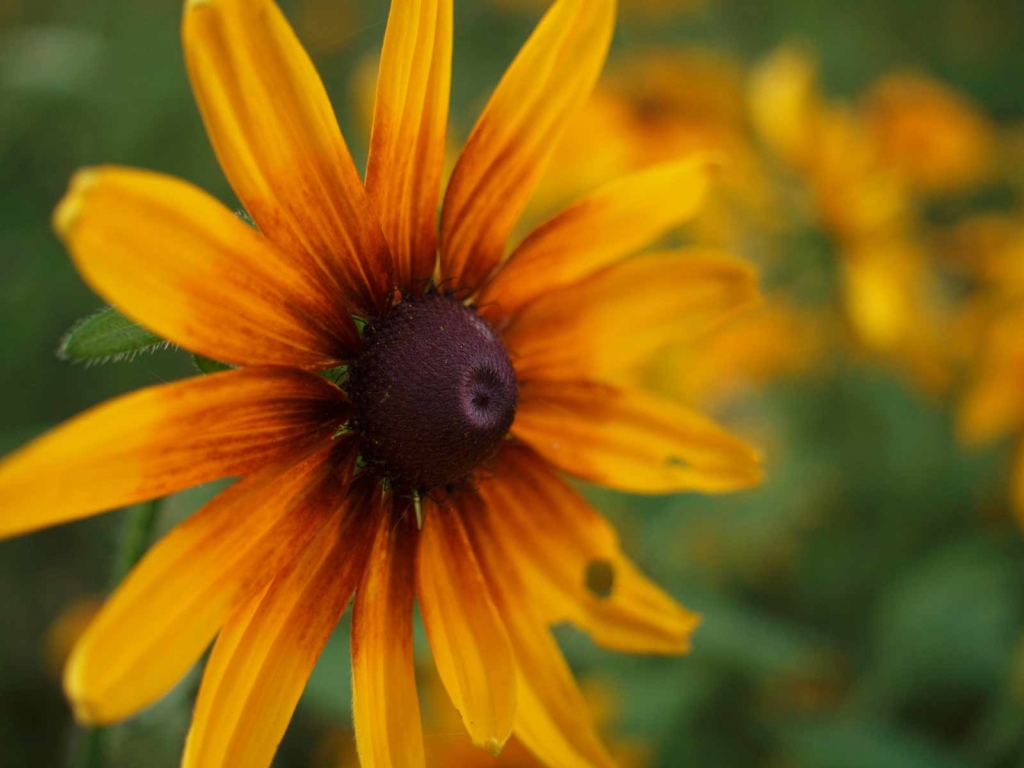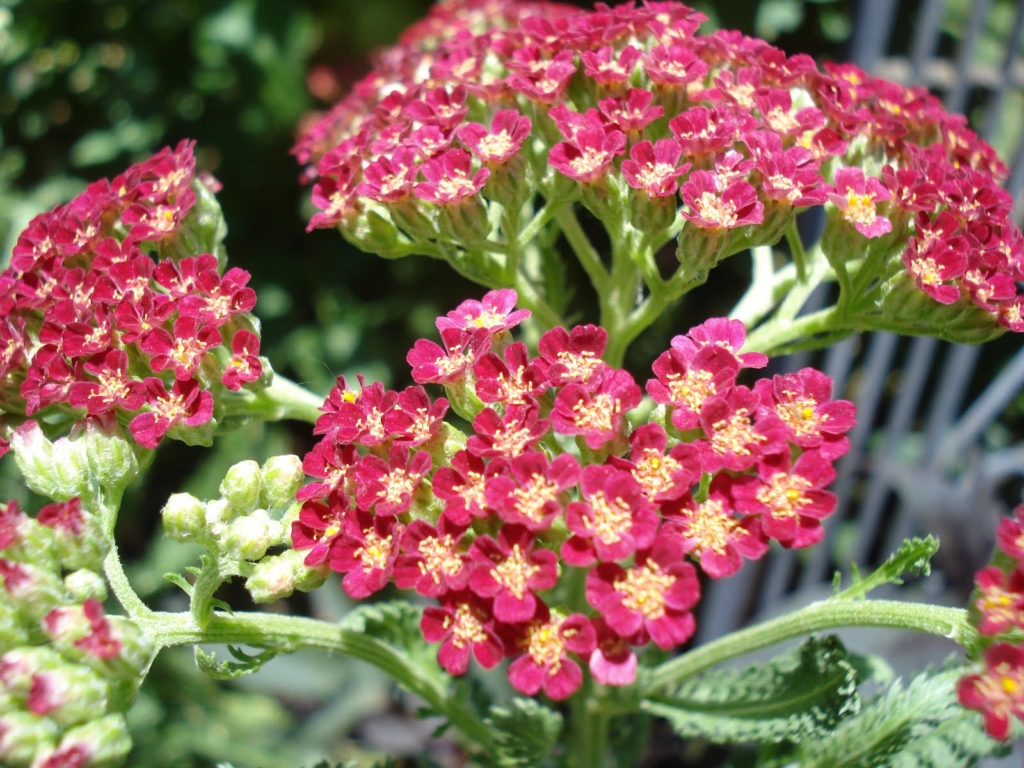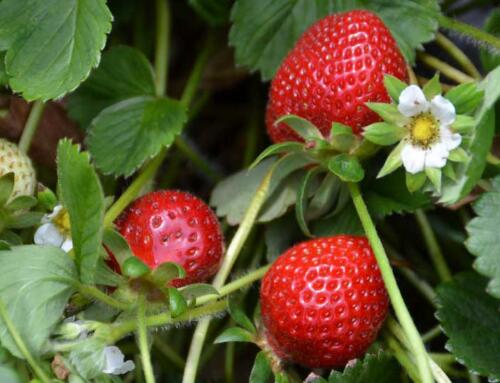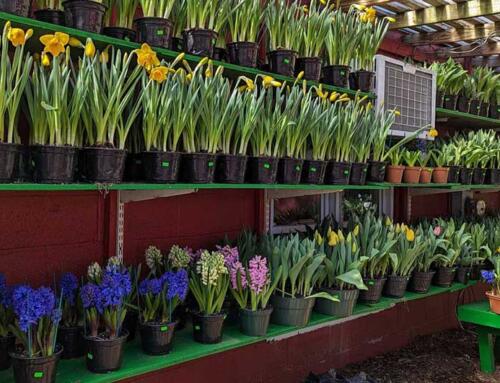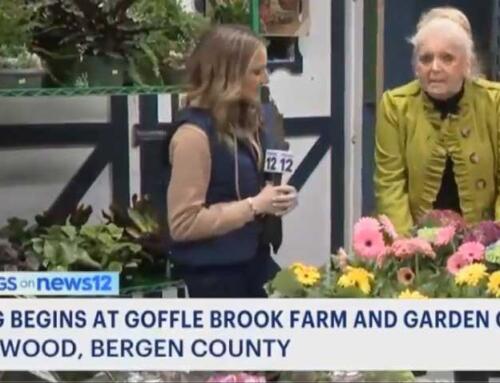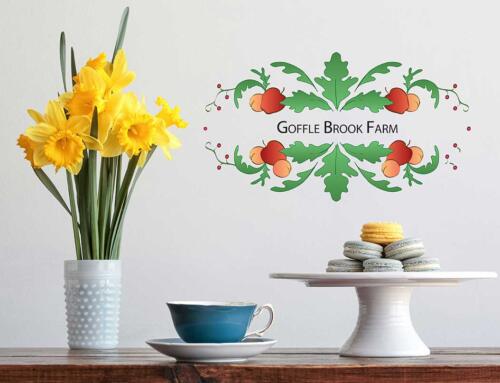Mid Summer Perennials
There are many flowers that can thrive in the mid summer months, so choosing just a few to plant can be tough. We’ve picked out four of our favorite perennials to share growing tips on. These flowers are all fairly easy to grow, especially around this time of the year. These vibrant and bright colored flowers are sure to bring nice colors into your garden and attract birds to your yard.
Aster
Asters are similar to daisies, and can grow from 1 foot to 8 feet depending on the cultivar. Asters generally prefer cooler climates with moisture in the summers along with cool nights; around zones 3-9 for USDA agriculture zones depending on which cultivar you pick. To start planting, select a spot with full sun to partial sun. Your soil should be well drained and moist. Plant asters in early to mid-spring, and they will flower by the end of summer, however, they will bloom in the fall if planted late in the summer and provide beautiful colors along with the autumn colors. You should fertilize your soil before planting.
While asters can be grown from seed, when the plant germinates, it can be uneven. Instead you can choose to start the seeds indoors during the winter by sowing seeds in a pot and keep them in the refrigerator for 4 to 6 weeks. After 4 to 6 weeks, place the seeds in a sunny spot and set the seeds one inch deep. It can be easier to just buy a potted plant from your closest nursery. Make sure your asters are spaced 1 to 3 feet apart, depending on the cultivar. When you first plant them they will need a lot of water, and make sure to add mulch after planting to keep soil cool and prevent weeds from sprouting.
Coreopsis
Coreopsis are native woodland plants and great for attracting birds. Their toughness and profuse blooms make them popular with plant breeders. There are many different cultivar avaliable; over 100, although not all are perennial plants.
These plants are generally low maintenance, resistant to droughts and have very long blooms. It’s easiest to be grown in dry or medium moisture, with well-drained soil in the full sun. Coreopsis thrives in poor, sandy or rocky soils; it’s also very tolerant of heat and humidity. They thrive best in zones 4-9 of the hardiness zones.
Consistent deadheading of spent flower stalks will help encourages additional blooms and can prevent any unwanted self-seeding. One drawback is this plant self-seeds, and it can get to be weedy. Coreopsis are somewhat short-lived plants and self-seeding helps keep them going if you want a lot in your garden. These plants may be cut back hard in summer if they get too out of control within your garden.
Gloriosa Daisy
Gloriosa Daisies, or Blackeyed Susans are great flowers for cutting, as well as a great way to add in shades of red, orange, and yellow to your garden; and they are a great plant for attracting butterflies into your garden.
These perennials are best planted in the spring or fall, are short lived, and grow from 2 to 3 feet in height at most. When growing, choose a spot in full sun to partial shade and a spot with well drained soil. They thrive in moist soils, so make sure to keep the soil moist; however the established plant will tolerate drought fairly well. These perennials do best in zones 5-10 of the USDA hardiness zones.
Sow seeds directly into your garden in the spring, two weeks before the last frost, or you can start the seeds indoors several weeks before the last spring frost. Don’t cover your seeds with soil, as they need light to germinate. Simply just press seeds lightly into the surface of the soil. When planting, space plants 12 to 14 inches apart. The mature plants will readily reseed themselves and the seedlings are easy to transplant.
Yarrow
Yarrow is a hardy perennial with very showy flowerheads which are made up by many smaller, tightly packed flowers. Their leaves are often aromatic. They are best planted as borders, or around rock gardens. To begin, use a tiller to loosen the soil about 12 to 15 inches deep. Then, mix the loose soil with a 2 to 4 inch layer of compost. Yarrow does best when planted in the spring months in well drained, average to poor soil. Yarrows thrive in hot and dry conditions; they will not grow well in wet soils. If you grow yarrows in rich soil, the plants may require stalking. Yarrow should be spaced 1 to 2 feet apart. They are quick to establish and spread a lot, though some species of yarrow are invasive, so when you choose your plant make sure to get a non-invasive species.. Most cultivar grow to be about 2 to 4 feet tall.
Remember to add a thin layer of compost, as well as a 2 inch layer of mulch around your plants each spring. Divide your yarrow plants every 3 to 5 years. Also make sure to lift up the clumps of flowers in early spring or fall and remove any dead stems from the center. You can replant your divisions in well-prepared soil. If you do this, plant them in early spring to mid summer.
Thank you for reading, we hope you choose to plant one of our recommendations! If you need a starter plant for any of these perennials, we have them all at Goffle Brook Farms, just stop on in!



